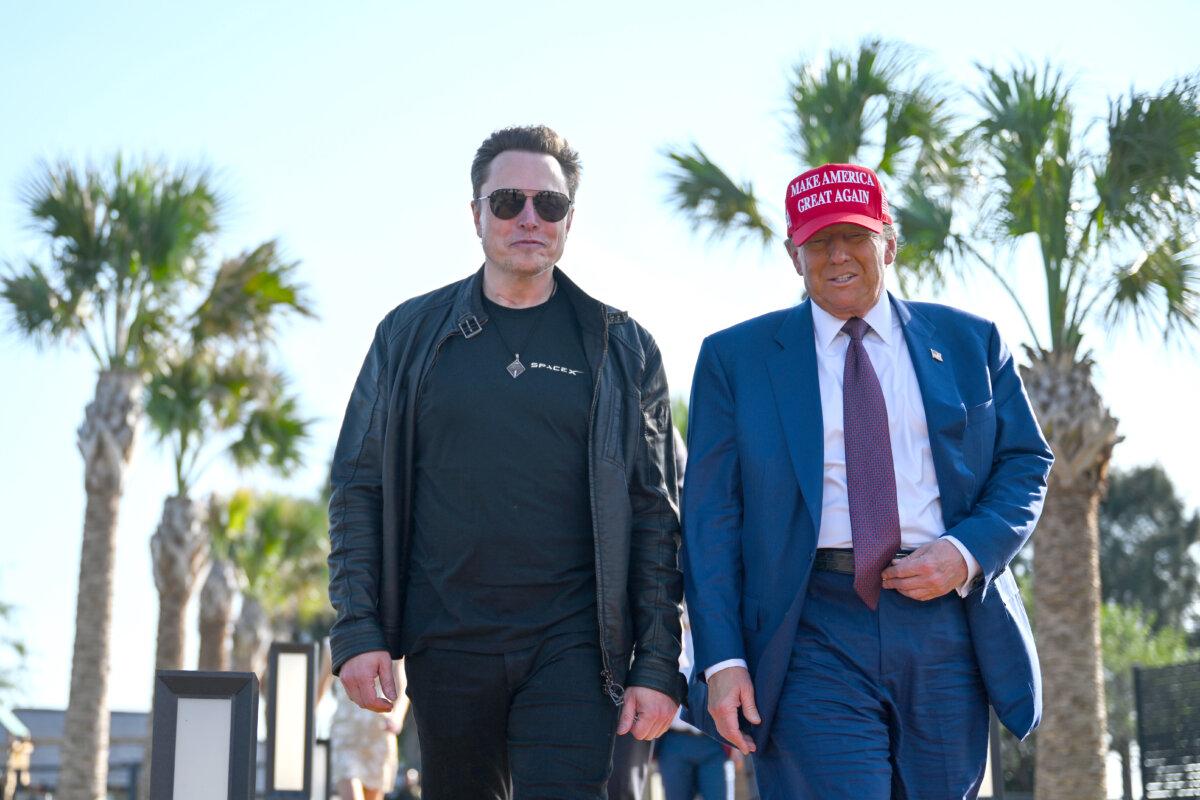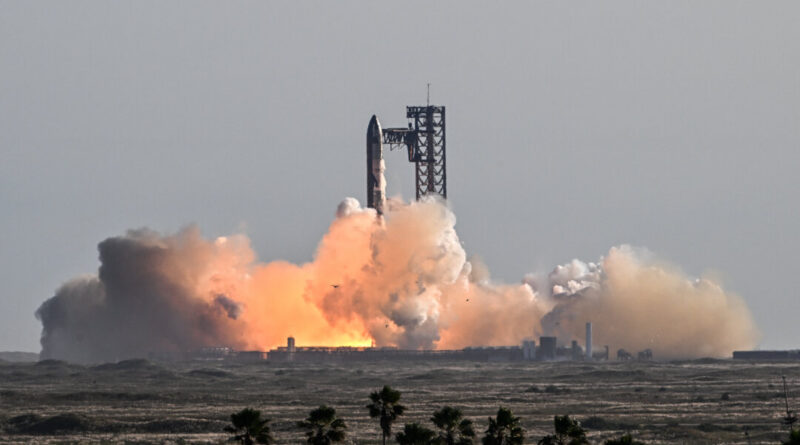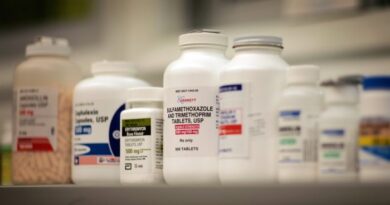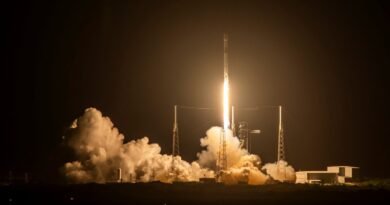SpaceX Abandons Attempt to Catch Starship Rocket Booster in New Test Flight
The company was hoping to replicate the success of last month’s test flight, which included a historic launchpad catch of the rocket’s ‘Super Heavy’ booster.
SpaceX’s most recent Starship rocket launch took place successfully from Boca Chica, Texas, on Nov. 19. However, the aerospace company was not able to bring back the craft’s booster to the launchpad, a feat they accomplished for the first time in October.
The company’s objectives included reigniting the rocket’s Raptor engines in a vacuum, landing the ship during daylight hours, achieving higher peak heating and steeper reentry of the rocket, and executing a faster and more challenging booster catch by the launchpad’s mechanical arms.
Shortly after Starship’s Super Heavy booster separated from the rocket at an altitude of approximately 67 km, or nearly 220,000 feet, a SpaceX representative mentioned that the conditions were not favorable for a return to the launchpad or a tower catch.
“As we mentioned previously, both the tower and the vehicle, along with the operators on console, have been actively evaluating the commit criteria for that return to the launch tower. Unfortunately, we did not meet those commit criteria, so we are unable to proceed with the tower catch,” she explained.
Development testing is inherently unpredictable, as evidenced by Super Heavy landing in the Gulf of Mexico today, but this is precisely why we conduct tests.
President-elect Donald Trump, who recently appointed Musk to co-lead the new Department of Government Efficiency, traveled to Texas on Tuesday to witness the launch firsthand.

President-elect Donald Trump greets Elon Musk (L) as he arrives to attend a viewing of the launch of the sixth test flight of the SpaceX Starship rocket in Brownsville, Texas, on Nov. 19, 2024. Brandon Bell/Getty Images
- Trial Over Death of Georgia Nursing Student Laken Riley: Prosecution Concludes Presentation
- Large coral discovered near Solomon Islands in Pacific Ocean is the world’s largest





